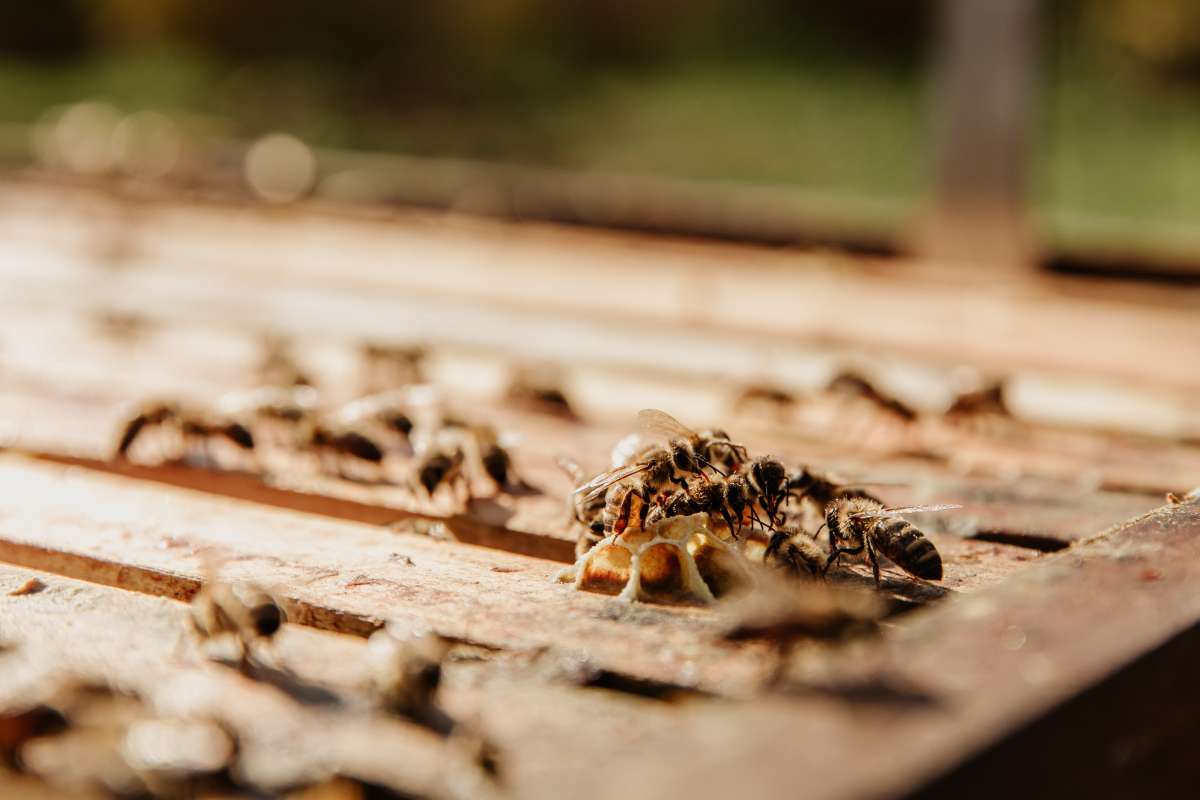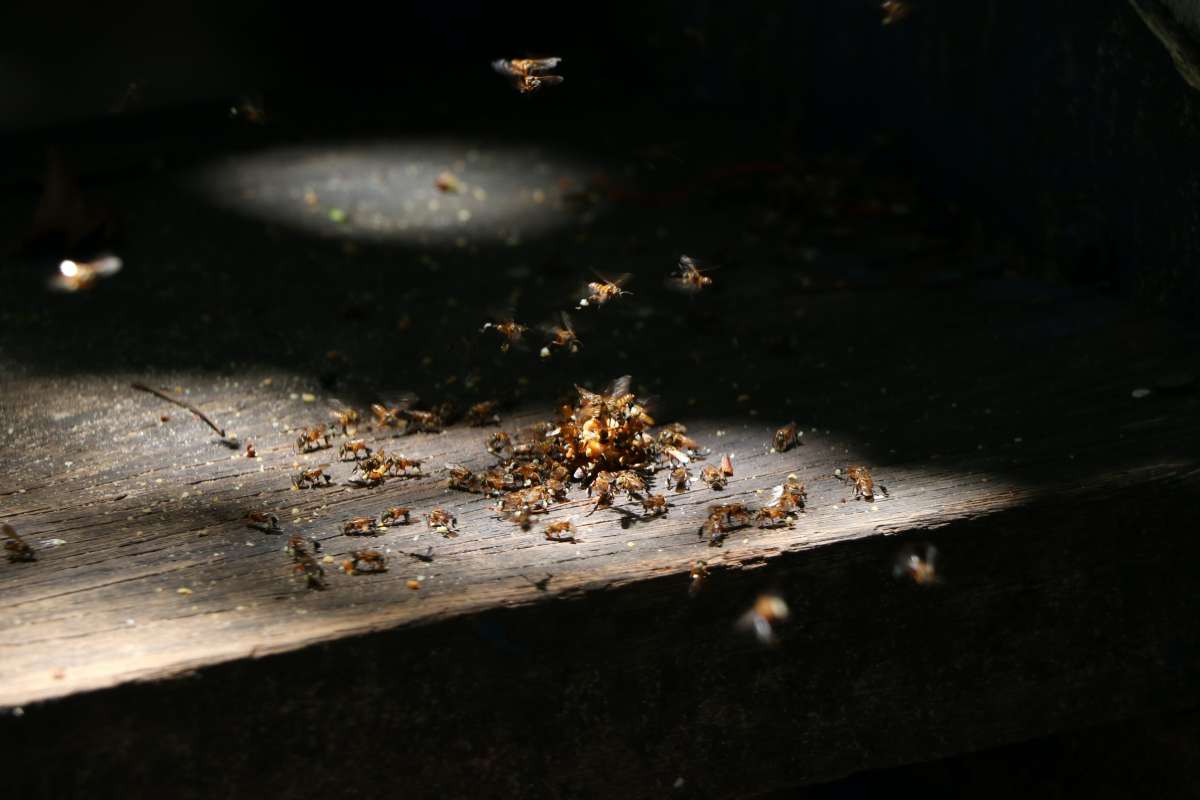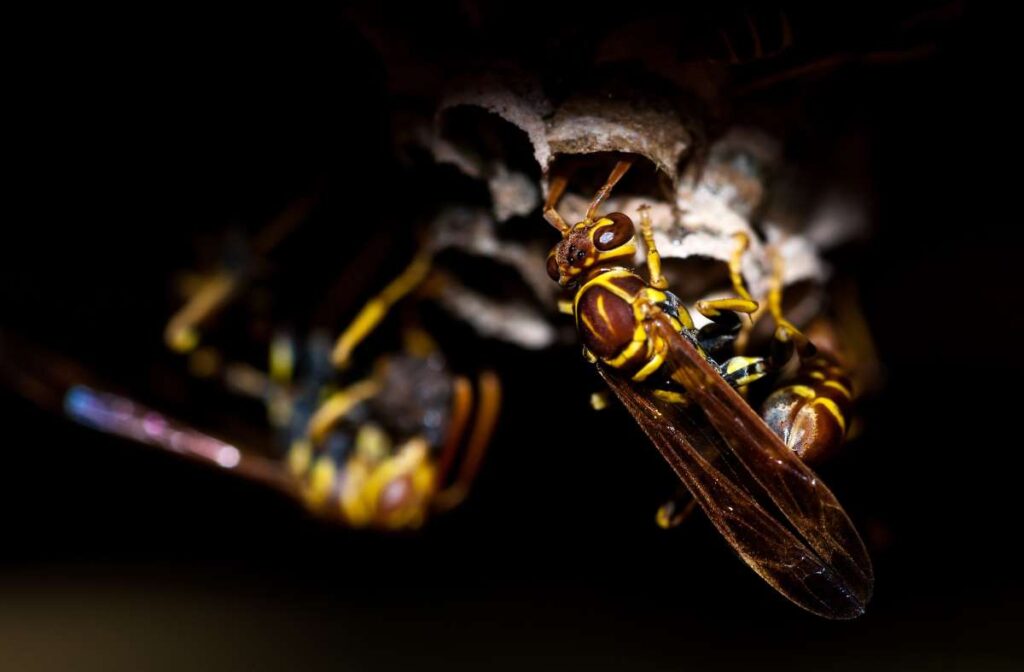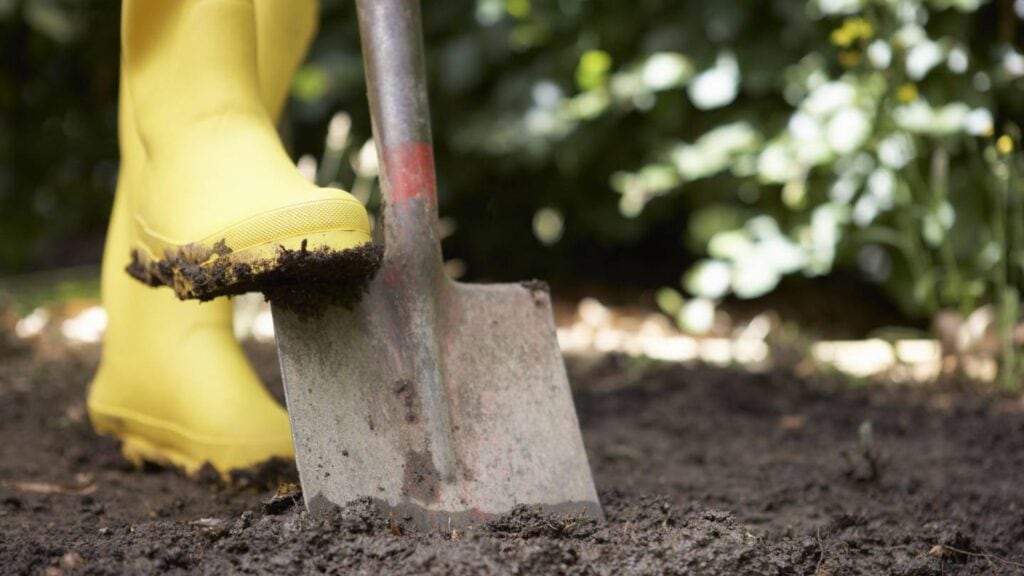Summertime is when wasps are the most active, and homeowners want to know how to get rid of them. While there are various methods for eradicating these stinging insects, some are more effective than others.
Wasps are among the many seasonal dangers that come with spring and summer, yet the two seasons are also some of the most beautiful.
If you don't catch wasps in the early stages, they can do a lot of damage to your home. All Pests is a reliable pest control service that can assist you in getting rid of these unwanted visitors in a timely and cost-effective manner.
Insects like wasps can pose a serious threat. Wasps are more likely to sting you than other types of bees, and their buzzing can be heard from far away as they hover above your picnic.
The good news is that you don't have to resign yourself to spending the summer dodging wasp stings.
When flowers first blossom, wasps will swarm to the area, looking for a cool place to nest out of the sun. It's important to remember that different species of stinging insects may construct their nests in different places when you're outside.
This summertime pest may seem inevitable, but a few strategies exist to prevent wasps from entering your yard. This blog post will share tips on getting rid of wasps safely and effectively.
Methods for Eliminating Wasps

Wasps can be prevented from forming a colony on your premises, but if that fails, you can take some measures to eliminate the swarm already settled there. To get rid of the stinging insects in your home safely, a professional should be called in if the situation persists.
Determine the Wasp Species Present
The stings of wasps, yellow jackets, and hornets are painful and can be life-threatening for people allergic to insects.
Even if you aren't allergic to wasp stings, you shouldn't approach a nest without taking the necessary precautions. They'll swarm out of the ground, stinging everyone or anything in their path.
Some types of wasps are very aggressive, yet there are also domesticated species. Some species, such as mud daubers, prey upon and consume unwanted insects and spiders.
Because of their beneficial role in controlling pest populations, humans generally tolerate mud daubers (if they are kept in a safe, out-of-the-way location).
Since different species of wasps exhibit distinctly different behaviours, it is necessary first to determine which species you are dealing with before taking action.
Keeping that in mind, let's take a look at the most prevalent types of wasps:
Yellow Jackets
Yellow jackets, one of the most aggressive and prevalent wasp pests, can be recognised by their yellow bodies with black markings.
Yellow jackets are easily distinguishable from other types of bees because they lack the fuzzy appearance of bumblebees and honey bees. The insects are very protective of their nests, which they construct in the soil or hollow objects like felled trees or the walls of human structures.
Wasps can sting multiple times and sometimes trigger an allergic reaction. When hosting an outdoor gathering, keeping all food items covered and free of crumbs is important, as these pests thrive on sugars and proteins.
Paper Wasp
Some paper wasps have crimson markings in addition to their brown or yellow bodies. Paper wasps are larger than yellow jackets, measuring between 34 and 1 inch in length.
They create papery material from drool and nibbled wood fragments and use it to construct open nests in the shape of inverted umbrellas.
Nests are commonly located in shady areas, such as under decks and railings, eaves, and shutters. They, like other wasps, are harmless unless provoked.
Mud Daubers
Most of the time, mud daubers won't sting unless provoked. This species is so called because it frequently constructs mud nests on artificial structures.
They're helpful since they cut down on the population of certain bugs and spider pests. They have a long, lean waist and a shiny black or blue colouration, sometimes marked with yellowish or green spots.
Hornets
Hornets, which are wasps with black with yellow or white markings, are the most violent of the stinging insects usually seen in the area. The nests they construct are enormous and resemble a football; they can be found in woods, shrubs, or even houses.
Hornets create paper pulp from wood to use as a building material for their hives. Most nests are placed in large, robust trees or plants.
These wasps are quite friendly and usually only sting when threatened or provoked. However, when threatened, they gather in large numbers.
Prepare Your Safety Equipment and Attire
When planning to remove wasps, it helps to know what you'll be up against. Wasps, in contrast to bees, retain their stinger after each sting, allowing them to strike their prey repeatedly.
You shouldn't expect to be able to walk right up to a colony of wasps without being attacked; they're far more aggressive than bees.
Wasps produce pheromones when they sting that warn other wasps in the vicinity of danger, so you should expect to face the wrath of both the wasps in the nest and those in the immediate region. Due to this, it is only reasonable to use all available safety precautions, including wearing protective clothing and equipment.
In this case, a beekeeper's suit is not strictly required, although it is still wise to wear protective clothing. Because wasps' stingers are so long and straight, they may easily pierce flimsy fabrics like T-shirts, so it's best to wear many layers of clothing made of tightly bound fabric to protect yourself.
Wear a thick coat over a long-sleeved shirt, a hat with a bandana over your face, gloves, socks, and shoes. Put some socks on and tuck your jeans into them. Put on as much clothing as you can to hide your skin.
Do you have a pest problem? All Pests is a team of experts in small pests removal in Melbourne. Our fast and effective treatments will take care of any infestation, so you can rest easy knowing your property is safe.
Find the Hive
Finding the wasps' nest should be your first order of business if you haven't done it already. There are two approaches, with one being more advanced than the other.
First, you can learn more about the nesting habits of the wasps visiting your property if you recognise the species. For example, while some species of wasp prefer tree cavities for nesting, others are more likely to use artificial buildings.
The quicker you locate the nest, the better your chances of success if you know your enemy. You might also stroll around your property and inspect the usual suspects for wasp nests, such as the eaves and rafters of your roof, wall cavities, crawl spaces, railings, fence posts, and any tree branches.
You can learn the whereabouts of the nest by watching the wasps buzzing around your yard. Their flight paths should indicate a single origin and destination. If you follow the wasps, they'll take you right back to their hive.
Install Wasp Nets
However, there are several things you can try if you can't get a professional to deal with the potentially dangerous pests. Hanging traps is the most usual and efficient method. They fall into the trap and can't escape, so they drown. Hang the traps far from the territory you intend to defend.
Get in Touch With a Pest Specialist

It's risky and inconvenient to deal with a swarm of stinging insects. To top it all off, they can turn violent if provoked. Therefore, it's better to have a trained exterminator eliminate the nest from your home.
Immediately take care of a nest if you discover one. The colony will expand and grow more hostile if you wait too long. An exterminator should be called in case of a severe wasp infestation.
Don't let bees or wasps take over your property. Let us help you get rid of them for good. Here at All Pests, we're the experts in bees and wasps pest control. We know how to get rid of them and prevent them from coming back. We also offer long-term solutions to keep your property free of these pests.
Conclusion
Despite the fact that wasps are just one of the many seasonal hazards that appear throughout the spring and summer, these two seasons are also among the most attractive. These stinging insects can be eliminated in a number of ways, some of which are more successful than others. Since different species of wasps display very different behaviours, it's important first to identify the exact species at hand. It's important to know that wasps can sting numerous times and that their stings can occasionally cause an allergic reaction before venturing out into public. Wasps are attracted to sweets and proteins, so before you remove a nest, ensure all food is stored in airtight containers with no crumbs.
When a wasp stings, pheromones are released to alert other wasps in the area. This makes it imperative to take all feasible safety measures, such as donning protective gear and equipment. While some wasp species prefer natural tree cavities, others are more inclined to nest in man-made structures. If you know who you're up against, you can increase your odds of success by moving quickly to discover the nest. If you observe the wasps in your yard, you can figure out where the nest is.
The most common and efficient way is to hang traps. In the event of a significant wasp infestation, it is recommended that an exterminator be summoned.
Content Summary
- As summer approaches, many people start thinking about how to get rid of the wasps that have invaded their homes.
- There are a number of strategies for getting rid of these stinging insects, but some work better than others.
- Though wasps are just one of the many seasonal hazards that appear in the spring and summer, these two seasons are also among the most stunning.
- Wasps, among other insects, can be quite dangerous.
- You can hear the buzzing of the wasps over your picnic, and they are far more aggressive than other kinds of bees.
- The bright side is that you need not devote yourself to spending your summers trying to avoid being stung by wasps.
- Wasps will swarm to a new flower patch in search of a shady place to build their nests when spring arrives.
- When venturing outside, keep in mind that many stinging insect species may choose to build their homes in unexpected areas.
- Even though wasps are a summertime nuisance that can't be avoided, there are steps you can take to keep them out of your yard.
- Stopping a wasp swarm from establishing a nest on your property is preferable, but if that fails, you may get rid of the swarm already there.
- If the stinging bug problem persists, a professional should be brought in to eliminate them from home properly.
- Wasp, yellow jackets, and hornet stings hurt and can be fatal in the case of severely allergic people.
- You shouldn't approach a nest without taking measures, even if you aren't allergic to wasp stings.
- As diverse as wasps are, some species are known for their aggression while others are kept as pets.
- People generally accept mud daubers because of the role they play in reducing pest populations (if they are kept in a safe, out-of-the-way location).
- Identifying the specific type of wasp is a prerequisite before taking any action, as different species of wasps display quite varied behaviours.
- Unlike bumblebees and honey bees, yellow jackets have a smooth, shiny look, making them easy to spot.
- Nests are built in the ground or within hollow things like downed trees or the walls of human constructions, and the insects are extremely protective of them.
- Wasps have the potential to inflict several stings and may cause an allergic reaction in certain people.
- Pests like flies, mosquitoes, and gnats are attracted to sweets and protein, so if you're having a party outside, make sure everything is well-protected and clean.
- This paper wasp is a real buzzkill. Paper wasps can range in colour from brown to yellow, but some even sport bright red patterns.
- To put it simply, paper wasps are much bigger than yellow jackets, clocking in at 34 to 1 inch in length.
- Like other types of wasps, they pose little threat until provoked.
- It takes a lot to cause a mud dauber to release its venomous bite.
- The species gets its name from the fact that it regularly builds nests out of the mud on man-made buildings.
- They aid by reducing the number of harmful insects and spiders.
- Black wasps with yellow or white markings are the most aggressive type of stinging insect commonly seen in the area, followed by hornets.
- Hornets make paper pulp from wood, which they then utilise to construct their nests.
- The majority of nests are positioned on very sturdy trees or plants.
- Unless they feel threatened, these wasps won't sting you.
- When threatened, however, they congregate in great numbers.
- Get your protective gear and clothing ready.
- It's helpful to have an idea of what you're up against while making plans to eradicate wasps.
- Wasps, unlike bees, keep their stinger between stings, allowing them to pierce their prey repeatedly.
- When a wasp stings, it releases pheromones that alert other nearby wasps to danger; as a result, you should expect to face off against the fury of the nest's inhabitant wasps as well as those in the immediate area.
- Because of this, it seems sensible to take all feasible safety measures, such as donning protective gear.
- Although a beekeeper's suit isn't strictly necessary, wearing protective gear is still a good idea.
- Put a heavy coat on top of a long-sleeved shirt, a hat with a bandana over your face, gloves, socks, and shoes.
- Dress in as many layers as possible to conceal your body.
- The first item of business, if you haven't already done so, is to locate the wasps' nest.
- First, if you can identify the species of wasps that have been bothering your home, you can research their breeding behaviours.
- If you know who you're up against, finding their nest quickly increases your odds of success.
- If you observe the wasps in your yard, you can figure out where the nest is.
- If you stick with the wasps, you'll eventually find your way back to their nest.
- Put the traps far away from the land you're trying to protect.
- Consult a professional pest controller.
- Dealing with a swarm of stinging insects is dangerous and annoying.
- Thus, it is recommended that you hire a professional exterminator to remove the nest.
- If you see a nest, you must act immediately.
- In the event of a significant wasp infestation, it is recommended that an exterminator be summoned.
FAQs About Bees and Wasps
Wasps have a strong sense of smell and dislike certain plants like peppermint, spearmint, basil, eucalyptus, cloves, geranium, thyme, citronella, bay leaves, and lemongrass. They are also repelled by vinegar, cinnamon, coffee grounds, and sliced cucumber.
Once a nest has been thoroughly sprayed with a pesticide, it is best to leave it alone and return to remove it the next day. If there are any surviving hornets or wasps, they will return back to the nest and the residual effects of the spray will eliminate those insects as well.
Wasps have a strong sense of smell, which they use to find food sources. You can take advantage of this trait by using scents they dislike, such as peppermint, lemongrass, clove, geranium essential oils, vinegar, sliced cucumber, bay leaves, scented herbs, and geranium flowers.
Light sources in your house at night can also attract any flying insects, including wasps, into your home. Leaving dead wasps lying around on the surfaces can attract other wasps inside. Wasps are naturally attracted to bright, floral decor items, so make sure to put these away from the windows and doors.
Mix equal parts water and vinegar in a spray bottle. Spray it over the hive, keeping track of the time. If you have any flowers on your porch or windowsill, make sure to spray them too. Plus, spray in the general vicinity where the bees usually swarm.


